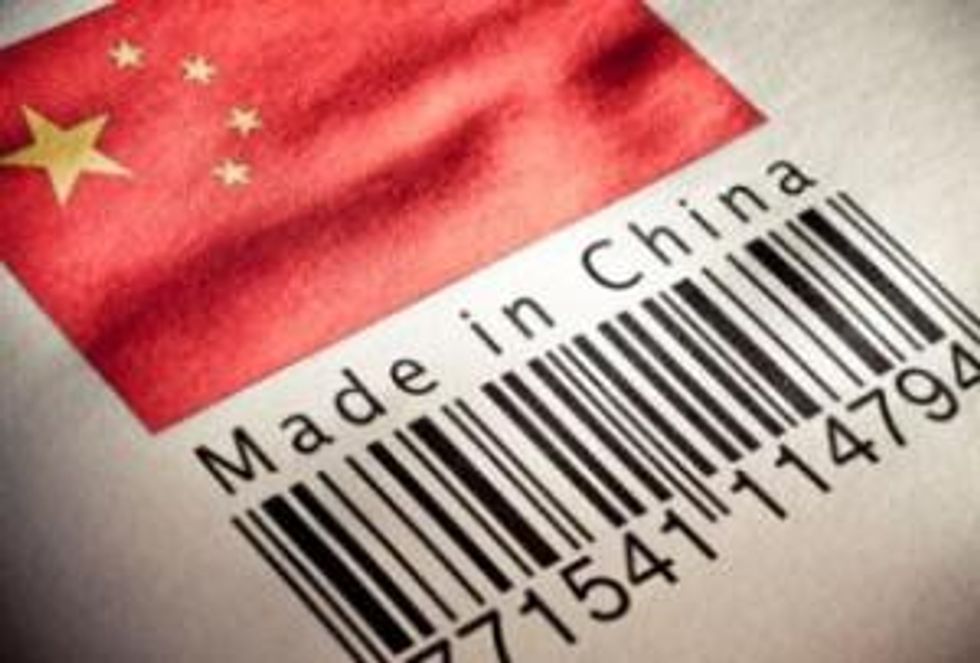But experts say a gradual increase in demand by major consuming nations like Japan could give prices a lift.
Inner Mongolia Baotou Steel Rare-Earth (SSE:600111) announced Tuesday that it will halt production for six months at one of its ore processing facilities “in a bid to stabilize the market,” Global Times reported.
Stoppages at Chinese rare earths processing plants have become common over the last couple of years as rare earth companies in China — which has a near monopoly with 95 percent of global production — seek to improve a weak pricing environment by restricting supply.
Last year, Baotou stopped production three times, while other Chinese producers, including China Minmetals and Chinalco Mining (HKEX:3668) followed suit.
Baotou’s latest stoppage comes as rare earth prices are showing signs of recovery after hitting two-year lows due to stagnant global demand and a glut in Chinese supply. As Rare Earth Investing News reported two weeks ago, China’s REE market has seen a rebound in the prices of terbium, praseodymium/neodymium and dysprosium, mostly due to a crackdown on illegally mined rare earths in Jiangxi province.
However, corrective action still needed to be taken to address the oversupply situation, said one official quoted by Global Times.
“Temporarily halting production may not be a bad thing, as the sector is suffering from severe overcapacity at present,” said Lin Boqiang, director of the China Center for Energy Economics Research at Xiamen University.
As for the outcome of the stoppage on prices, Global Times reported that it will have a minimal effect, with experts saying that “the move [will] not serve as a significant boost to rare-earth prices as the company is still producing from stock and the industry is still suffering from overcapacity.”
While rare earth producers inside and outside China are clearly hoping for a repeat of 2011, when prices for most rare earth oxides surged to record highs, that is unlikely to happen, according to an expert quoted by China Daily.
Chen Zhanheng, deputy secretary-general of the China Rare Earths Industry Association, told the English-language news outlet that lower prices for rare earths are spurring higher demand from key consumers Japan, the United States and Europe, and that is likely to hike prices, though not to the extent witnessed two years ago.
Indeed, the demand side of the equation appear to be fluid right now. Rare Earth Investing News reported at the end of May that Chinese rare earth exports have shown a marked increase in the first four months of the year — compared to a decrease in 2012 — underpinned by strong demand from Japan, which is taking advantage of current low REE prices as that country’s economy recovers.
China Daily noted that from January to April, Japan’s imports of rare earths increased 19 percent year-on-year, to 4,300 metric tons.
The supply side is a little more complicated. With China selling all but around 5 percent of rare earth supply, its exports are watched closely since any increase or decrease is likely to affect global REE prices.
In recent years, China has sought to control its rare earth exports through a number of means, including restricting export permits, shutting down rare earths mines and reducing export quotas. China has said the measures are to protect local rare earth supply and the environment as Chinese rare earth mines are notoriously polluting, but its export restrictions have led the world’s major users to complain that the restrictions breach global commerce rules and are a way to manipulate prices.
The Chinese Ministry of Commerce issues export quotas in two batches, and on Monday it released the second batch of quotas for the year. The numbers are decidedly banal — the country will allow 15,500 tonnes to be exported from now until the end of December, the same amount allocated for the first six months of the year. The vast majority, 13,821 tonnes, are the more abundant light rare earths with the remaining 1,679 tonnes being heavy and medium REEs.
While the quota for 2013 is 5 tonnes more than last year and the highest since 2009, the total is essentially meaningless because China does not typically fulfil its export quota.
A graphic published by China Daily shows that over the past five years there has been a significant divergence between Chinese REE export quotas and actual rare earth exports. Last year, of the 30,996-tonne quota, only 16,225 tonnes were exported. A similar 2-1 ratio occurred in 2011. The least divergence of the last five years occurred in 2010, when actual exports exceeded the quota by around 4,000 tonnes.
What that means for rare earth market participants is that the number to watch is not the export quota, but the actual exports, since the latter is more of an indication of rare earth demand that could eventually lever rare earth prices. Chinese production halts such as those announced by Baotou this week could affect prices if enough supply is taken out of the local market, but that appears unlikely considering the fact that a large company like Baotou has accumulated large rare earth reserves it can produce from, causing minimal disruptions to downstream consumers and the prices they pay, as Global Times pointed out.
Securities Disclosure: I, Andrew Topf, hold no direct investment interest in any company mentioned in this article.
Related reading:
